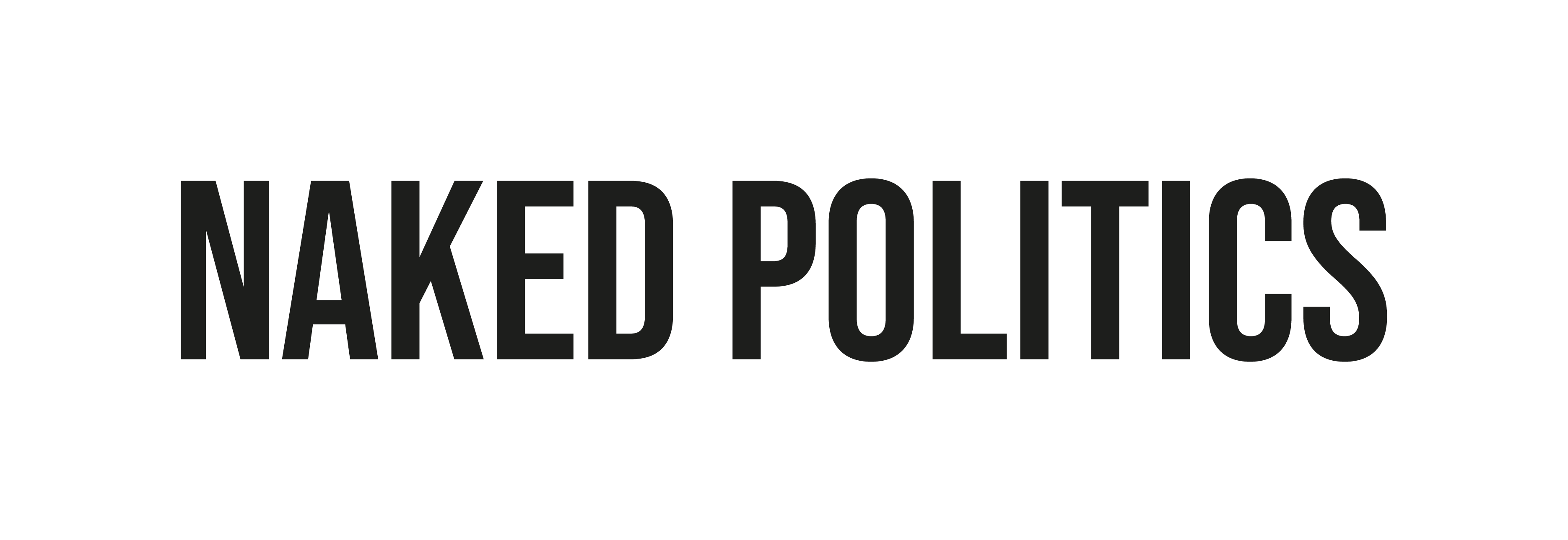Rachael Thacker
It’s been 40 years since the outbreak of AIDs in the UK, but still many of us who don’t identify as LGBTQ+ are unaware of how devastating it was amongst the Queer community. This January was a significant stepping stone in British television’s depiction of the crisis with the release of ‘It’s a Sin’.
Russel T Davies has “ always puts people at the heart of his shows” and the talented acting of the cast meant as an audience it was inevitable that we would quickly fall in love with the group. There have been few shows where I have seen such a diverse portrayal of the queer community; people have seemed to really enjoy the focus on authentic friendships within the group, rather than a one-dimensional portrayal of gay men only serving as ‘camp’ or hyper-sexualised characters.
I spoke to three young LGBTQ+ individuals to discuss what they thought the show’s impact was.

Support Young People!
Support us by contributing as little as £1 so we can continue to give young people a voice and a platform they deserve
£1.00
Learning about AIDs
Mila tell me, “I don’t remember being taught about HIV in school at all. And the only conversations about STI’s made me never want to have sex”. The education system has reinforced the stigma that STIs are something that people should be ashamed of, that you are irresponsible if you contract one. This has a huge knock-on effect with young people avoiding being tested, fearing a positive result. The show depicted this authentically with the scenes of anxious faces in the waiting room, and even Ritchie unable to attend his appointment. Hopefully, the show will help change the culture around testing, encouraging people to be checking as a precaution even if they have no symptoms. Today you can receive at-home test kits for HIV, herpes, chlamydia, and various over infections.
Elizabeth said “the first time I learnt about it was in Biology regarding AIDS in Africa, and the campaigns to encourage women to wear contraception so they didn’t pass it onto their children. It felt very much like ‘a third world’ problem. I didn’t realise that it had been an issue in the UK.”
If the topic of AIDs has been largely neglected from our curriculums, then where has our knowledge of it come from? The general consensus was that it was through celebrities such as Freddie Mercury and Princess Diana that people first heard about AIDs. “When you only hear about celebrities with AIDs it doesn’t show that it was a widespread issue. It doesn’t put it in the context of everyday life. Making it appear distant and untouchable rather than real.” The fact that the series showed brilliant yet ordinary people has provided a different narrative and perspective then we have previously been used to.
What if the AIDs outbreak was in 2021?
Through watching the show, and given the current situation with Covid-19, it did make me pose the question of how people thought our current government would respond if AIDs broke out in 2021. Elizabeth tells me “I think it would be different in certain ways. There is much more queer representation, so less likely to be brushed under the carpet. But looking at how the government has dealt with the Coronavirus, a disease that affects everyone, compared to one which predominantly affects a marginalised group, I’d be sceptical”.
Despite it being an interesting thought and getting us to acknowledge the homophobia that still plagues our government, one interviewee presented an alternative argument. Mila said “I think we have to be careful about drawing too many parallels. Why do we need a pandemic to allow us to have empathy for the struggles that people went through in the ’80s? It might create this ‘us’ and ‘them’ dichotomy. Covid has had this ‘we are in it together’ mentality, people haven’t been shoved into a dark corner through shame. People who get Covid aren’t blamed.”
Things that could have been addressed more
So did the show have any blind spots? Joe told me “I think the show didn’t cover how women were affected by the outbreak. Although they weren’t affected to the same scale as gay men. I think there needs to be more queer representation other than white gay men.”
In addition to this, the race could have been explored more especially in a medical context. If one of the major symptoms are the lesions appearing in the skin, it would be informative to know how visible they are on dark skin tones. Historically the spread of medical information is focused on white people, without discussing the possible differences about how symptoms can show across races.
Mila adds “I think it’s important to think about how it might affect the Transgender community, because there has been a lot of Twitter dialogues comparing what gay men suffered in the ‘80s and what Transgender individuals suffer now. These hateful arguments can be very cleverly put forward, scholars and academics creating convincing arguments, but people might not realise that these opinions are transphobic”
The current stigma and how we can combat it
Mila went to “an all-girls school. People would stop at the bus stop calling us lesbians. It made me scared, it made me scared to be honest about my sexuality.” Homophobic slurs are still common, and we need to do more to address our own internalised homophobia, and call our acquaintances out when they make these mistakes.
Another example of where the the stigma around AIDs is reinforced, is that until recently homosexual men were unable to donate blood. Despite the fact that blood is tested multiple times before transfusion. Joe feels strongly that this is another way queer people are stigmatised. “On the form the questions ask: are you a man who has sex with men, anally or orally? With or without protection? Have you ever been offered drugs for sex? Have you ever been offered money for sex? There’s already a stigma around sex-work but the lumping together of non-heterosexual sex displays this idea that it’s wrong and dirty.” And although now there is an amazing treatment that can stop HIV from becoming transmissible, this information isn’t spread widely enough. Receiving a positive result still feels like a death sentence or something people have to battle alone.
This feeling of being silenced is perhaps largely linked to shame, shame imposed by the wider community and also the internalised shame. “Jill’s speech about Ritchie’s mum’s intolerance and unwillingness to accept the fact that her son was gay meant that he had to hide away” says Joe. “And when he got the chance to live he did. You basically have your teenage life within your first few years living away. When straight people are experiencing their first kiss or first relationship, this isn’t always something that queer people feel comfortable to experience in their adolescence. So when they have the chance to experience things, they might do it to extremes. It wasn’t queer people being reckless that caused the outbreak, it was the views of gay people at the time which meant it was allowed to get to that level.”
Programmes such as ‘It’s a Sin’ are incredible at getting the conversation started about AIDs. But let’s also take the time to talk to those who lived through the crisis. People who were in their 20’s or 30’s in the ‘80s will have invaluable memories and opinions, let’s take the opportunity to listen and learn from them. Help empower them with a platform or voice which they might not have had during the height of the crisis. We need to be critical of our education system, ensuring the contemporary curriculum is reflective of all sexualities. Beyond getting rid of homophobic laws like Section 28, which was overturned in 2003, actions need to taken to show that our education system is anti-homophobic.
Here are some charities, organisations and platforms if you need support or interested in learning more:
Terrence Higgins Trust; https://www.tht.org.uk/
Positively UK; Positively UK
National Aids Trust; https://www.nat.org.uk/
Thanks for reading our article! We know young people’s opinions matter and really appreciate everyone who reads us.
Give us a follow on Instagram, Twitter and Facebook to stay up to date with what young people think.

